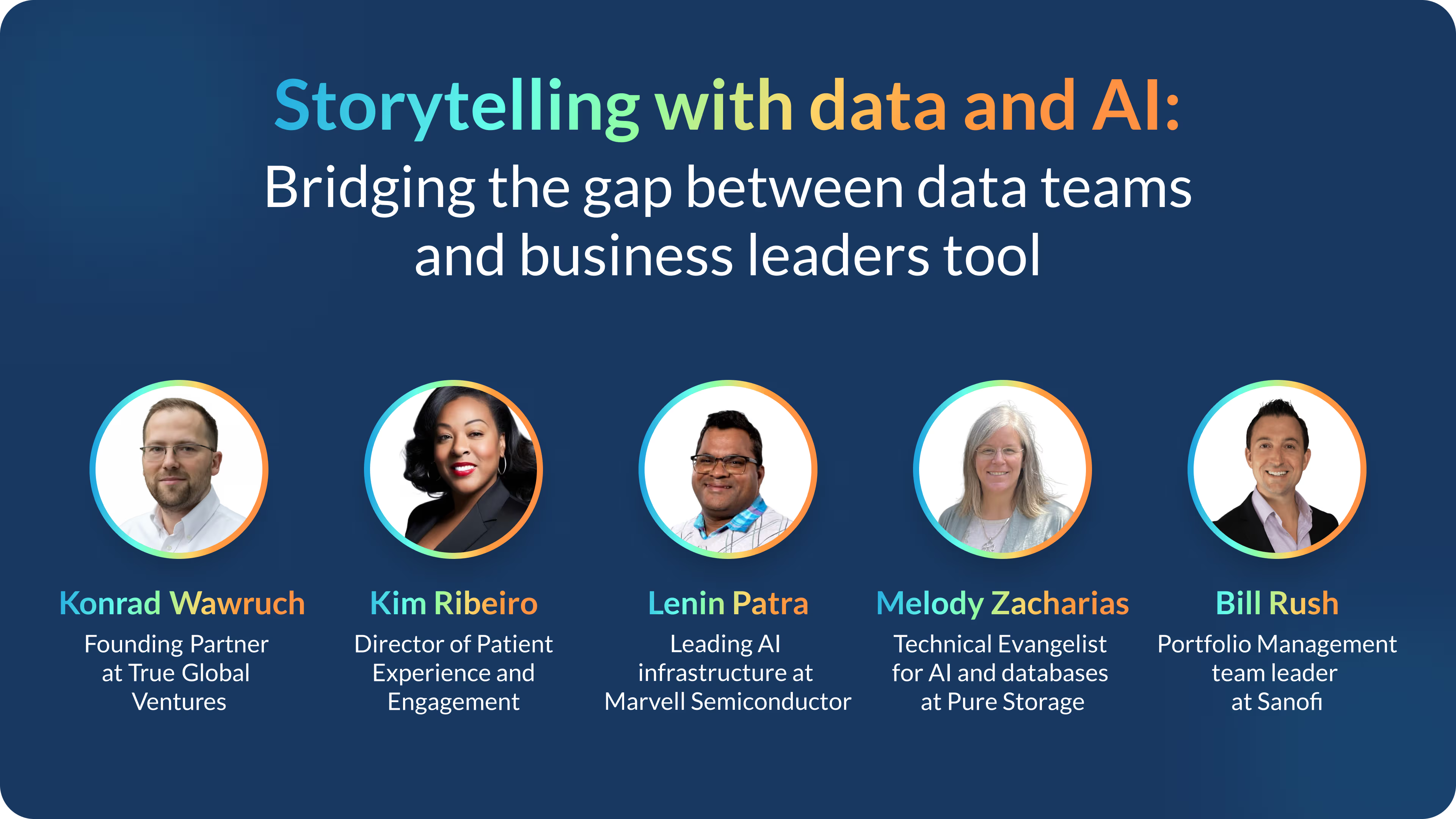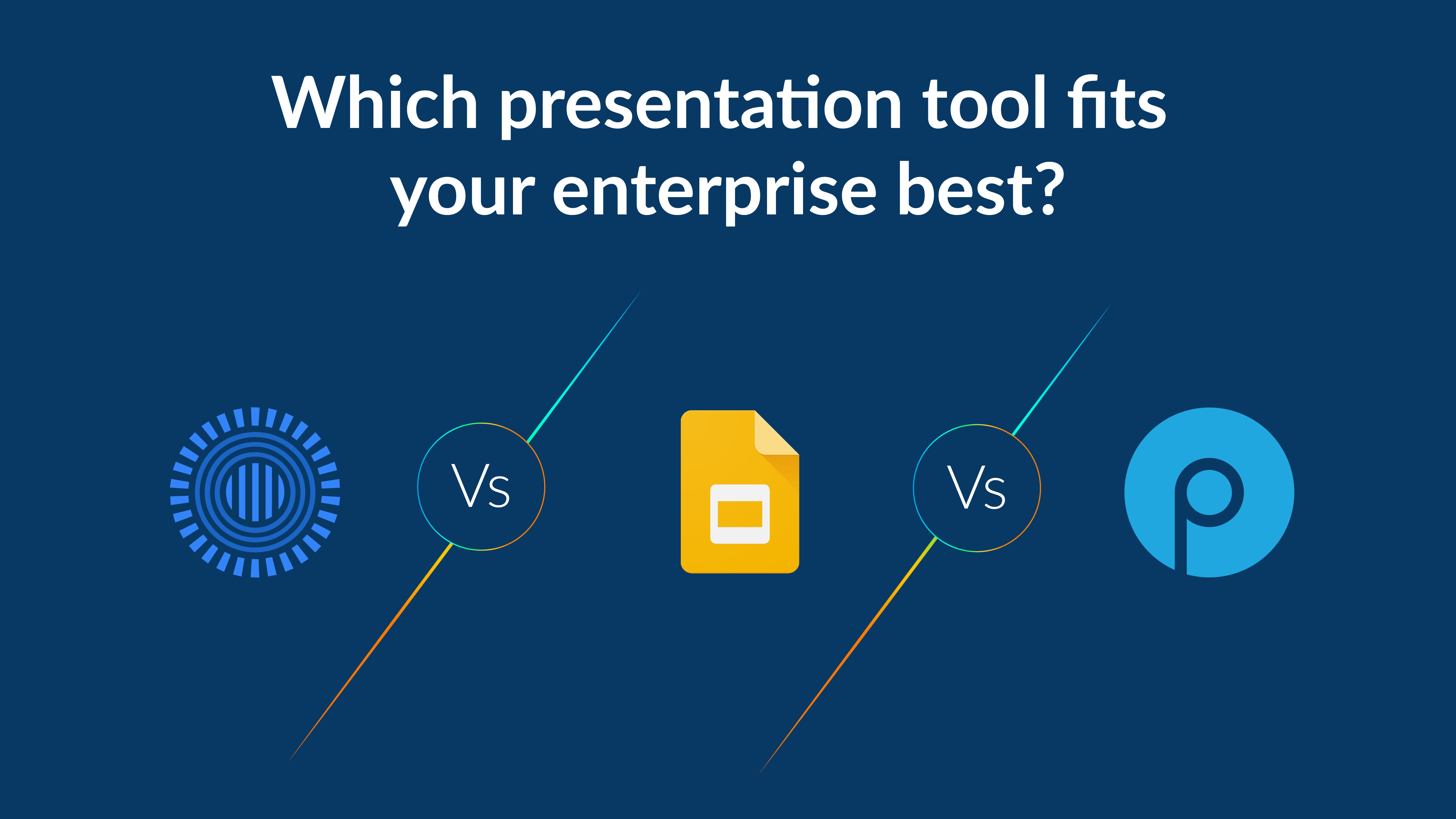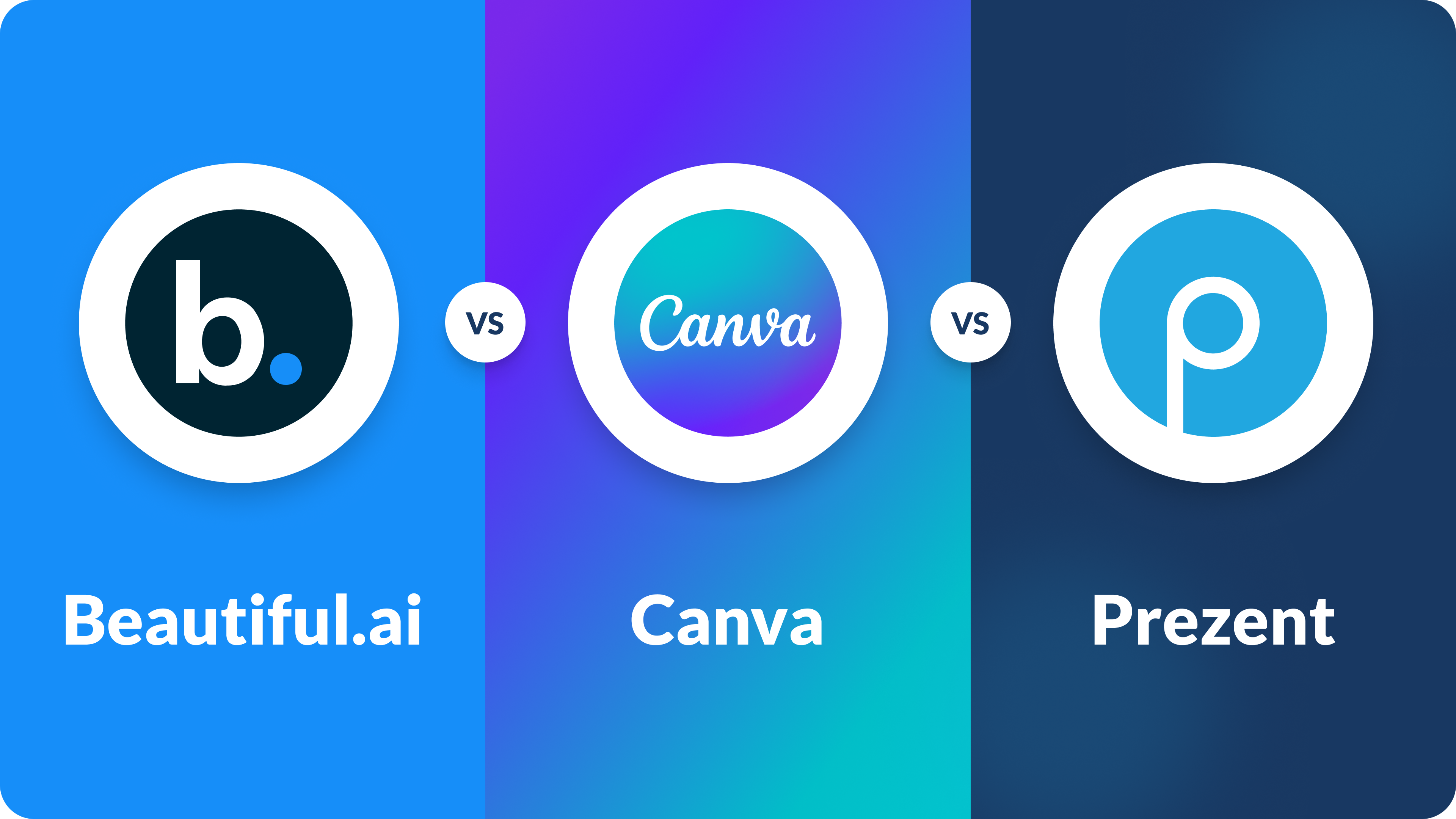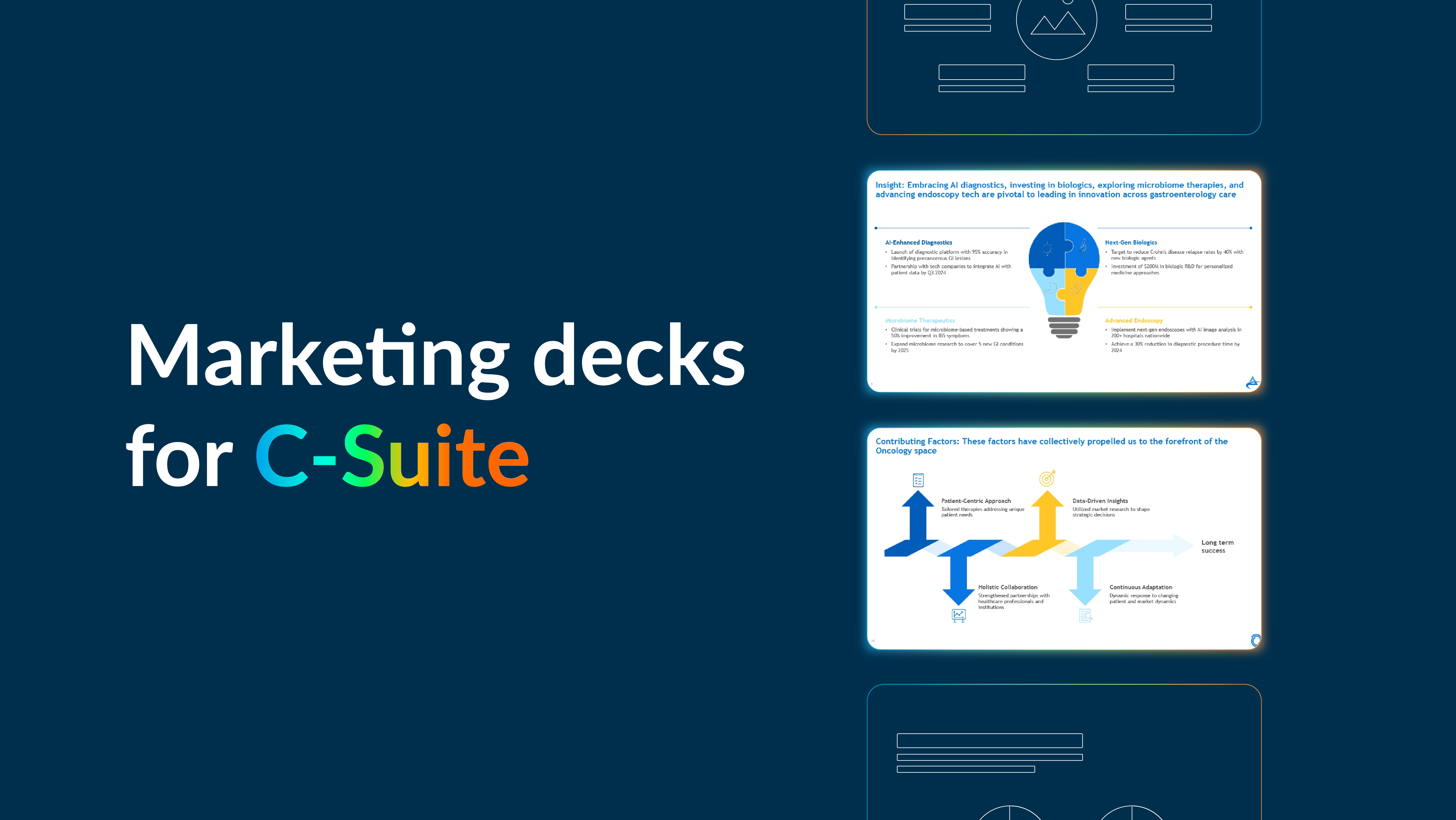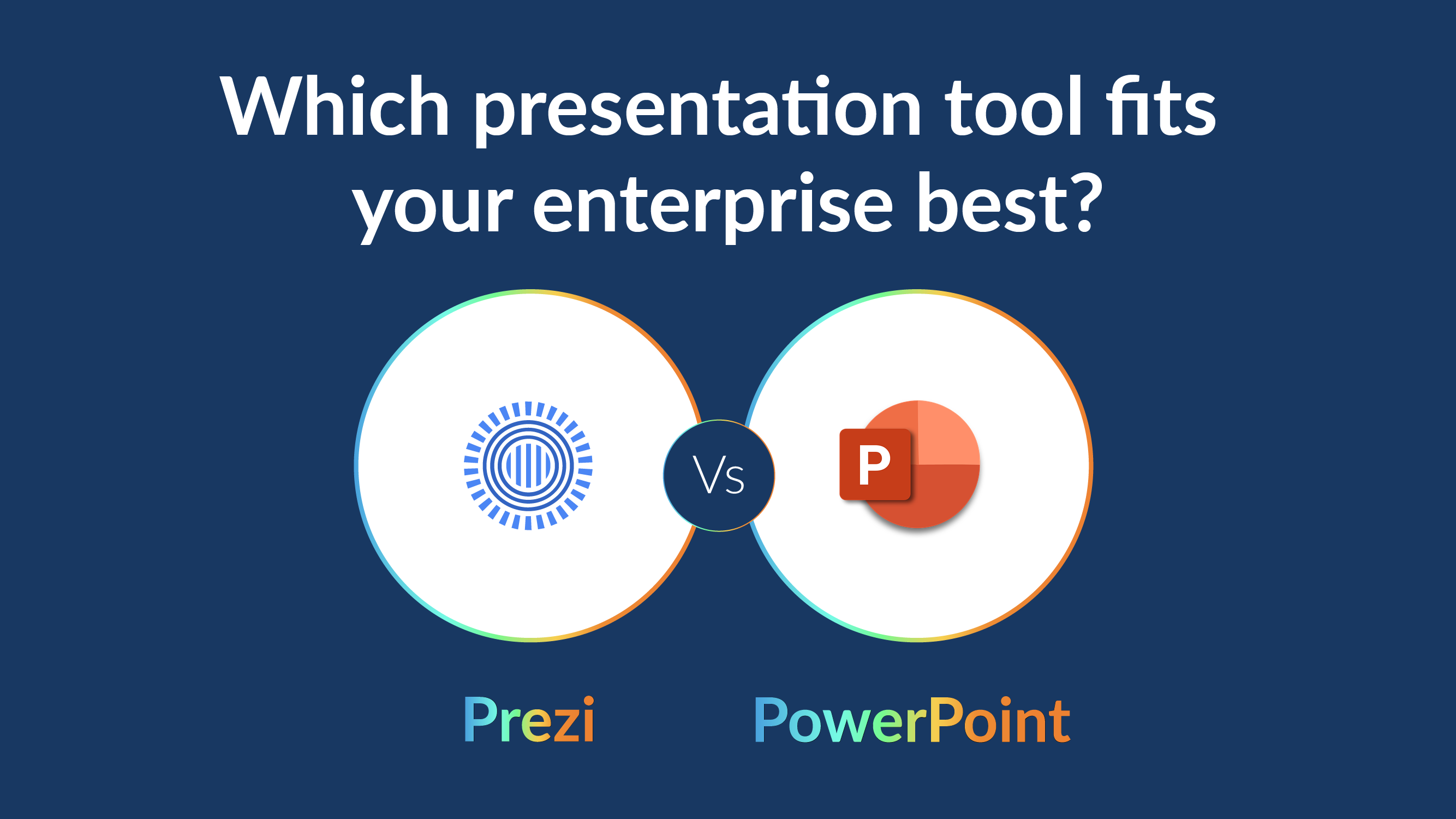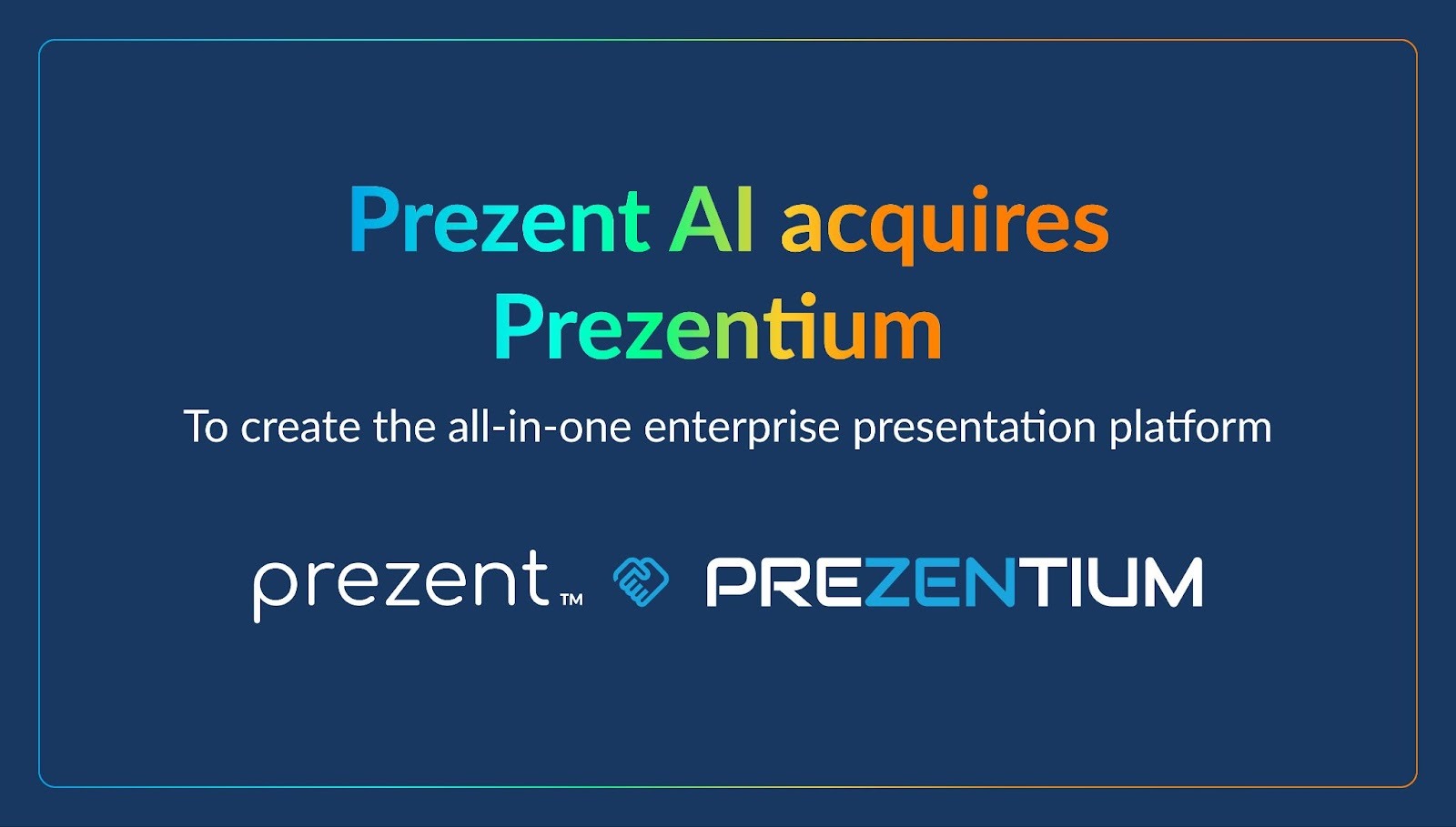The power of storytelling in business: Lessons from a Hollywood storyteller

Harry Potter. Romeo and Juliet. Pride and Prejudice.
When you think of great stories, it’s ones like these that come to mind—stories that make you laugh, cry, and see the world in new ways. They don’t stick because of plot points or data. They stick because of how they make you feel.
Here’s the surprising part: that same storytelling magic doesn’t just belong in books or movies. It has a powerful role in business, too.
In this episode of Think Deeply, Speak Simply, Prezent CEO Rajat Mishra sits down with legendary Hollywood story consultant Michael Hauge to explore how the emotional principles behind timeless stories can transform the way we communicate in the workplace—and get more buy-in.
Key takeaways:
- Storytelling isn’t just for the movies: The same emotional pull that drives Hollywood blockbusters can capture attention in the boardroom. A good story helps you connect and persuade more effectively than slides ever could.
- Lead with emotion, not just data: People take action based on how they feel, not just what they know. Start with a story that resonates, then use data to reinforce your message.
- Use empathy to build trust: Don’t shy away from sharing real struggles or moments of growth. Those human moments create authenticity, and that's what your audience connects with.
- Move beyond explaining—help your audience feel: Facts tell, but stories sell. When your audience can experience your message emotionally, they’re far more likely to engage and take action.
Michael's tips for great storytelling in business
Michael Hauge makes a key point: at the heart of every great story is emotion. It’s not just about listing events or sharing data—it’s about creating a journey your audience connects with.
In a business setting, storytelling helps you do two things really well:
- Engage your audience on a deeper, emotional level
- Motivate them to take action
Whether you're sharing a new vision, presenting a strategy, or walking through a complex analysis, stories help people feel the challenges and stakes. And when people relate to what you’re saying, they’re far more likely to buy into the solution.
“Instead of explaining what you do or what your company does, storytelling lets them experience it.” — Michael Hauge
That shift—from explaining to experiencing—is what sets great communicators apart. It transforms information into impact. And in business, that impact often translates into influence, alignment, and trust.
So how do you quickly build trust with an audience—especially senior executives?
Michael believes storytelling is the answer.
“When you tell your own story and you use tools to create empathy for who you were before you created this process, then they will connect with you emotionally. And that means they’re going to root for you—and that builds trust.”
He outlines four ways to build empathy in a story—whether you’re talking about yourself, a customer, or even a fictional persona:
- Undeserved misfortune – Make the hero a victim of something beyond their control
- Jeopardy – Show what they’re at risk of losing
- Likability – Highlight kindness, values, or good-heartedness
- Skill – Showcase the character’s brilliance, talent, or expertise
Storytelling in business: Creating connection, not selling
Michael puts it plainly:
“If your goal is emotion in a story, the number one thing that creates emotional experience is conflict.”
In movies, conflict is what keeps us on the edge of our seats—whether it’s a hero racing to stop a disaster or someone fighting for love against all odds. Without conflict, there’s no tension… and without tension, there’s no emotional payoff.
The same applies in business.
Think about it: when you present a new idea, pitch a product, or share a transformation story, it’s the challenges—the obstacles overcome—that give your message meaning.
A compelling story about someone navigating real hurdles resonates far more than a slide deck full of specs and data points.
As Rajat Mishra shares in the conversation:
“It gives our audience a vocabulary to say, ‘How do I start creating conflict in my story?’”
He even opens up about his own journey—the origin story behind Prezent:
“When I was a kid, I used to stutter and stammer. I had to put stones in my mouth to get over it. That pain—of not being able to communicate well and being made fun of—was the beginning of building a company centered around business communication.”
That kind of honesty is powerful. It builds a connection. It makes the mission real.
In business, conflict doesn’t need to be dramatic—it could be solving a complex client problem, launching a product under a tight deadline, or navigating market uncertainty. But showing that friction matters.
Because conflict pulls your audience in. It gives your story credibility and emotional weight. It moves people from passively listening to actively caring.
“If you get mired in data and features, it’s not emotionally involving. But if you show someone who overcame obstacles using your process, that connects.” — Michael Hauge
Tip: Don’t shy away from the tension in your story. Conflict isn’t a weakness—it’s what gives your solution meaning. It turns a sales pitch into a shared experience.
Data vs. Story: What matters more in business communication?
We’ve all been there: solid data, sharp insights, a well-built deck… and still, the message doesn’t land.
Rajat Mishra recalls a moment like that early in his VP role at Cisco:
“My first big presentation to the CFO was horrific. I almost got fired. The CFO didn’t like what I presented, and I didn’t understand why. That was my wake-up call. I had to go back, reassess everything, and learn how to become a better presenter.”
So what went wrong?
Michael Hauge explains it’s often due to a common business instinct: to skip the story and just “get to the point.” Everyone’s busy. Everyone’s in meetings. The default is to lead with logic. But that usually leads to presentations that are forgettable—or worse, ineffective.
The reality? People don’t make decisions based solely on logic. We’re emotional beings. Whether it’s buying a product, approving a budget, or choosing a vendor, emotion drives the first instinct. Logic justifies it afterward.
Michael’s advice flips the usual approach:
“Start with a story so they’re emotionally involved. The decision to buy, support, or promote is emotional first. The data justifies the decision they already want to make.”
In other words, don’t lead with the spreadsheet—lead with a story that sticks.
Then use your insights and analysis to back it up.
When you shift from data-first to story-first, you don’t just present facts—you shape perception, build trust, and earn buy-in.
Final thoughts: Why storytelling matters in business
Storytelling doesn’t just share information—it creates emotion, clarity, and inspiration.
Business presentations don’t have to be dry or transactional. When you infuse them with cinematic elements like emotion, empathy, conflict, and transformation, you turn them into something that moves people.
Whether you're a marketer, entrepreneur, or executive, this conversation with Hollywood story expert Michael Hauge is a masterclass in how to:
- Build trust with your audience
- Differentiate your brand
- Inspire action—without sounding like a sales pitch
“Don’t just explain. Let them feel. Let them live the story.” — Michael Hauge
🎧 Watch the full episode on our YouTube channel or listen on your favorite podcast platform — Spotify and Apple Podcasts.
And stay tuned for more episodes of Think Deeply, Speak Simply—where we bring in top voices to help you master the art of impactful business communication.
.avif)

